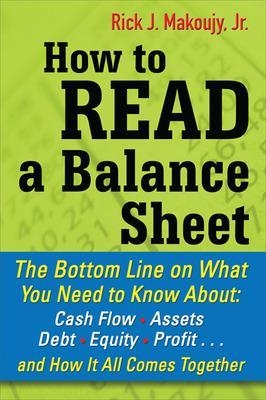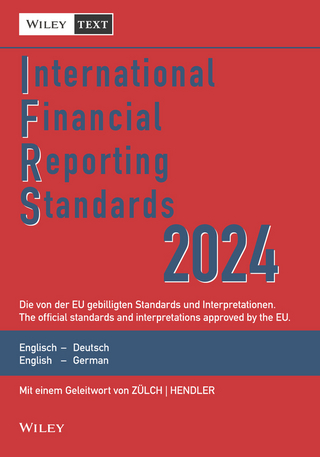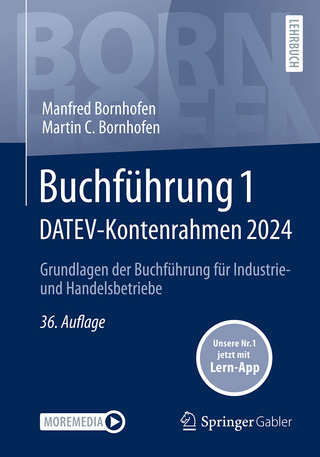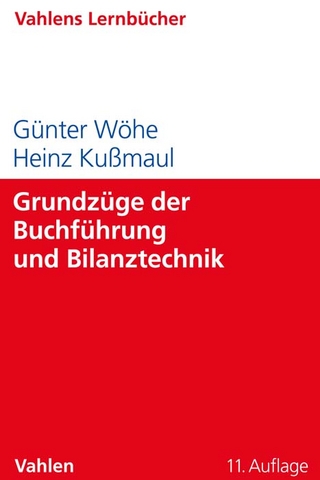
How to Read a Balance Sheet: The Bottom Line on What You Need to Know about Cash Flow, Assets, Debt, Equity, Profit...and How It all Comes Together
McGraw-Hill Professional (Verlag)
978-0-07-170033-7 (ISBN)
Put the most valuable business tool to work for you!The balance sheet is the key to everything--from efficient business operation to accurate assessment of a company’s worth. It’s a critical business resource--but do you know how to read it? How to Read a BalanceSheet breaks down the subject into easy-to-understand components.If you're a business owner or manager, this book helps you . . .
Manage working capitalGenerate higher returns on assetsMaximize your inventory dollarsEvaluate investment opportunities
If you're an investor, this book helps you . . .
Determine the market value of a company's assets and operationsPredict future earnings and trendsAssess the impact of capital expendituresIdentify potential "red flags" before the crowd
How to Read a Balance Sheet gives you the bottom line of what you need to know about:
Cash Flow * Assets * Debt * Equity * Profit and how it all comes together.
Rick J. Makoujy, Jr., is the author of Accounting in an Hour, a 60-minute interactive DVD and e-learning course that promotes financial literacy to nonfinancial employees. He lives in Woolwich Township, NJ.
Preface; Acknowledgments;Introduction;Chapter 1. Primer on the Balance Sheet and Income Statement; Chapter 2. Assets; Chapter 3. Liabilities; Chapter 4. Equity; Chapter 5. Basic Accounting Principles and Methods; Chapter 6. Finance Concepts and Tools; Chapter 7. Balance Sheet Utilization and Implications; Chapter 8. Balance Sheet Abuses; Chapter 9. Effective Balance Sheet Management Techniques; Chapter 10. The Cash Flow Statement; Chapter 11. Common Mistakes When Starting a Business; Chapter 12. Financial Statement Analysis; Chapter 13. Summary and Conclusions; Appendix Balance Sheet (End of Last Year); Notes; Index;
| Erscheint lt. Verlag | 16.7.2010 |
|---|---|
| Zusatzinfo | 0 Illustrations |
| Sprache | englisch |
| Maße | 158 x 226 mm |
| Gewicht | 299 g |
| Themenwelt | Wirtschaft ► Betriebswirtschaft / Management ► Rechnungswesen / Bilanzen |
| ISBN-10 | 0-07-170033-1 / 0071700331 |
| ISBN-13 | 978-0-07-170033-7 / 9780071700337 |
| Zustand | Neuware |
| Haben Sie eine Frage zum Produkt? |
aus dem Bereich


